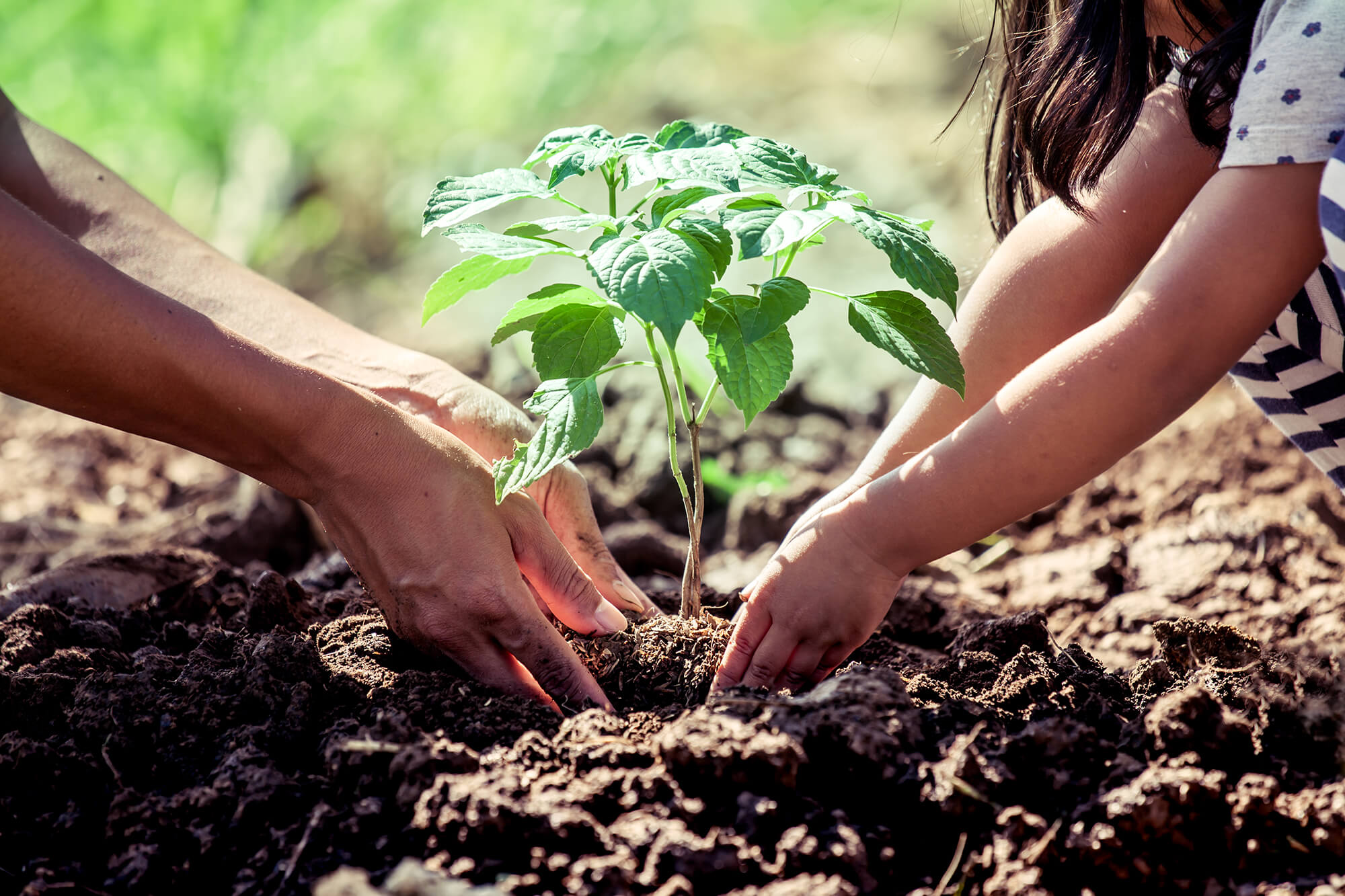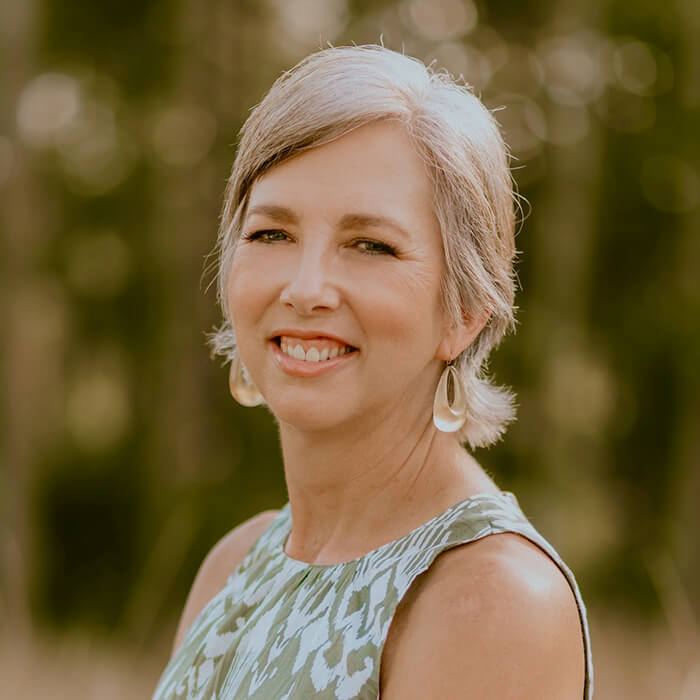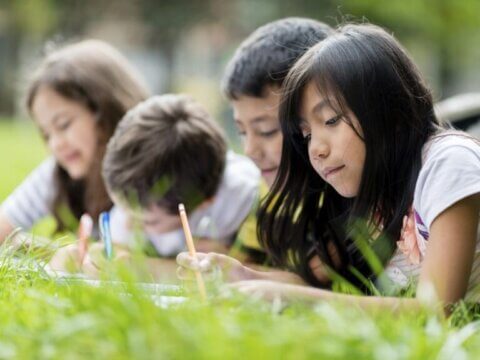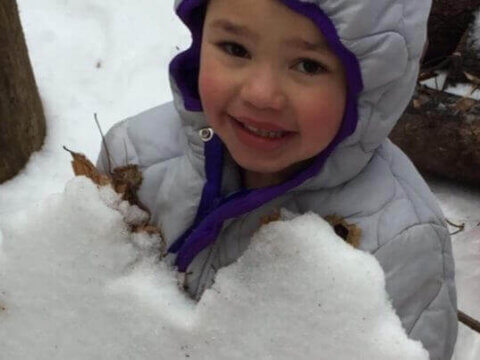Choosing Hope
It would be easy to think about this new year as “déjà vu all over again.” The global pandemic continues, with children bearing some of its worst impacts. Long-standing inequity remains entrenched in communities around the world, and critical climate and geopolitical challenges share the headlines with the latest COVID variant.
But if COVID has done anything, it has reminded us of our innate need for a connection to the natural world. And it’s brought into stark review the lack of equity in outdoor spaces and experiences, especially for Black, Indigenous and other People of Color.
That’s where hope seeps in. For the 30-plus years that I’ve been involved in nature connection work, lack of diversity in and inequities in access to outdoor spaces have been discussed and debated. Today, it’s exciting to see not just talk, but a new and renewed commitment to outdoor equity in nature-based programs and services. City and state governments are increasing equitable access to nature through policies, programs and funding decisions. Sectors not typically involved in nature connection are seeing its power to support the health and well-being of children and families.
Here are a few examples from 2021 that give me hope:
- California is investing $548M in new parks and Governor Gavin Newsom’s administration is “doubling down on equitable access to the outdoors and elevating nature as a crucial public health tool.”
- The San Diego Foundation granted $698,000 to 20 nonprofits through its Opening the Outdoors program—an initiative designed to expand access to nature for children and families who have been historically denied equal access to parks and outdoor education and recreation.
- With bipartisan support, U.S. senators introduced the “Parks, Jobs & Equity Act” — a $500 million federal grant program designed to help state and local governments build new parks to increase equitable access to the outdoors. While it has not yet passed, we can’t help but see this as a hopeful sign.
- The International Union for the Conservation of Nature (IUCN) and its partners are calling on governments around the world to partner with the health sector and other organizations to make access to nature more equitably available to everyone.
- Schools across the U.S. have turned to outdoor learning to keep students safe during COVID. An example is Washington D.C., where education leaders say they’ve seen “such progress in the children, we have no intention of going back to teaching indoors.”
- Leaders are starting to see the potential of schools to help to mitigate climate change through green schoolyards and stormwater management, solar installations, and other green infrastructure.
- Parks Rx America has signed up more than 1,000 health care providers and partnered with other organizations to promote physicians writing actual prescriptions for outdoor time, stating that “Being out in nature . . . really can be part of an overall treatment approach.”
- REI launched the Cooperative Action Fund, a community-supported nonprofit that partners with and provides support for organizations working to address “systems of inequity, injustice and racism” that create barriers to the outdoors.
- Through our Cities Connecting Children to Nature initiative with the National League of Cities, communities across the U.S. are creating equitable access to nature by greening schoolyards and through creative programs like Saint Paul, Minnesota’s nature smart libraries, BIPOC Family Nature Club and Explore Outdoors Saint Paul initiative.
Another Cities Connecting Children to Nature success story comes out of Austin, Texas. In early December, our board of directors gathered in the Texas capital and had an opportunity to see our work on the ground. We toured Reilly Elementary School, where visionary principal Corrine Saenz described the total transformation of her school’s campus from a barren, underutilized “maintenance problem” to a nature-filled oasis where children learn and play. The schoolyard now features outdoor classrooms, learning gardens, chickens, shaded playgrounds, stormwater capture and native plants. During and after school hours, Reilly School Park is open to the surrounding community, which lacks safe, nearby greenspace.

Reilly Elementary School learning garden, Austin, Texas
We’re seeing this kind of transformation in school systems across the nation and around the world as educators, parents and community leaders realize the benefits of outdoor learning and play during COVID and beyond.
These examples are more than talk. They are real policies, programs and investments designed to remove systemic barriers to the natural world so that kids and communities can thrive. COVID and the challenges we face are also real, but the power of nature to heal, connect, and restore can offer great hope – and a running head-start – into the new year.
Advancing Equity in Children’s Connection to Nature
Outdoors for All: Access to Nature is a Human Right, by Richard Louv
Minnesota’s capital city brings more people to nature with a focus on innovation and equity
Toolkit: Talking with kids about equitable access to nature
Literature Review: Equitable Access to Nature’s Benefits
The Equigenic Effect: How Nature Access Can Level the Playing Field for Children
-
Network News
Earth Day: Young leaders advocate for change
-
Feature
Nature photographer Dudley Edmondson has a vision for the representation of Black and Brown faces in the outdoors
-
Richard Louv
EARTH MONTH: You're part of the New Nature Movement if....
-
Voices
Placemaking: How to build kinship and inclusive park spaces for children with disabilities
-
Network News
Children & Nature Network founders release report on global factors influencing the children and nature movement






